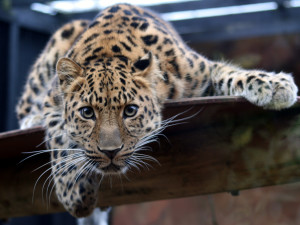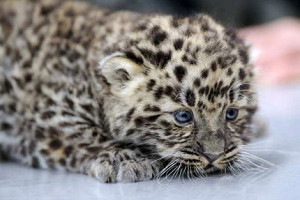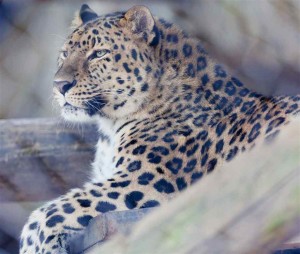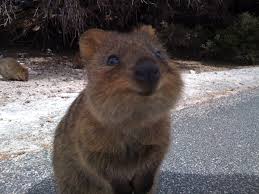I know my blog usually profiles a rare or endangered animal, but for my last post I’d like to let you know just what Penn State has in the way of animals. PSU is a giant school with tons of resources, and I find it amazing just how many people don’t realize that PSU actually owns animals of its own.
Most of you know that I really love horses–I think they’re beautiful and fascinating animals to study. That is one of the reasons why I really took an interest in Penn State. It’s home to three different horseback riding teams, various horse-related clubs and organizations, a terrific pre-vet program, and even a fully operational horse barn and Quarter Horse breeding program. Yes, that’s right, Penn State has ponies on campus!
This year, the Penn State Equine Research Team developed a research project to investigate the relationship between the length and events of labor with the strength of mare and foal bond. This meant that, if you signed up for a week of foal watch, you got to go down to the barn (often at like 3am) to help with, observe, and enjoy the birth of foals. That’s especially easy to do when there are 19 foals due, not to mention the fact that they’re so darn cute. The utter miracle of life makes your time there (in the cold during the wee hours of the morning the day before a big exam) completely worth it.
Watching the mom give birth so readily (and quickly!–the birth of a foal should only take around 30-45 minutes to complete once the water breaks), the baby open its eyes, struggle to maneuver its lanky legs, take its first steps, suckle, and run around for the first time is an experience that can’t be beat. I can’t tell you how much I appreciated being there for the first time. The feeling of amazement never goes away either–even the barn workers and doctors talked about how incredible of a miracle it is to experience such things.
No matter what kind it may be, I really encourage you all to form a relationship with an animal. It is amazing how unique, charismatic, and loyal they can be. I also ask you all to really consider the relationship between humans and animals; from companionship to medicine, animals and humans depend on each other for survival. I hope my blog this year has helped you realize the dynamism of this relationship and maybe even sparked an interest in animals. Thank you all for reading–I really appreciate it because this blog really is something I am passionate about.
Well guys, we did it. We made it through 2 semesters of blogging for RCL. For what it’s worth, I had a terrific time writing these posts this year, and I really enjoyed reading what everyone else had to say as well. I wish you all the best of luck in your future endeavors, whatever they may be, and hope to see you around campus these next three years. 🙂









 he high above, dense treetops of the tropical South and Central American rain forests. Their long, strong claws make it easy for them to climb and rip leaves off of high tree branches, but keep the sloth from spending too much time on the ground because they make it difficult for the sloth to walk. Though walking is hard for them, they make a weekly trip to the forest floor to relieve themselves, and then back up into the trees they go. The sloth is a super, suuuper slow mover, traveling at an average rate of 40 yards per day. That’s not even half of a football field in 24 hours! However, the sloth does have a really low metabolic rate which causes them to sleep for 15-20 hours a day (in captivity. In the wild they usually sleep about as long as humans do). Though the sloth really enjoys the treetops, he will often splash around in the water. Sloths are exceptional swimmers because of their long arms. Everything the sloth does though, he does on his own. Sloths are extremely solitary creatures, only interacting with each other to mate.
he high above, dense treetops of the tropical South and Central American rain forests. Their long, strong claws make it easy for them to climb and rip leaves off of high tree branches, but keep the sloth from spending too much time on the ground because they make it difficult for the sloth to walk. Though walking is hard for them, they make a weekly trip to the forest floor to relieve themselves, and then back up into the trees they go. The sloth is a super, suuuper slow mover, traveling at an average rate of 40 yards per day. That’s not even half of a football field in 24 hours! However, the sloth does have a really low metabolic rate which causes them to sleep for 15-20 hours a day (in captivity. In the wild they usually sleep about as long as humans do). Though the sloth really enjoys the treetops, he will often splash around in the water. Sloths are exceptional swimmers because of their long arms. Everything the sloth does though, he does on his own. Sloths are extremely solitary creatures, only interacting with each other to mate.























